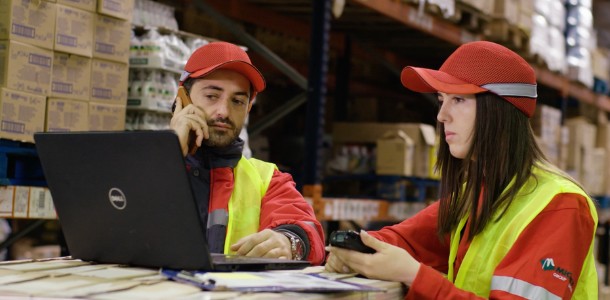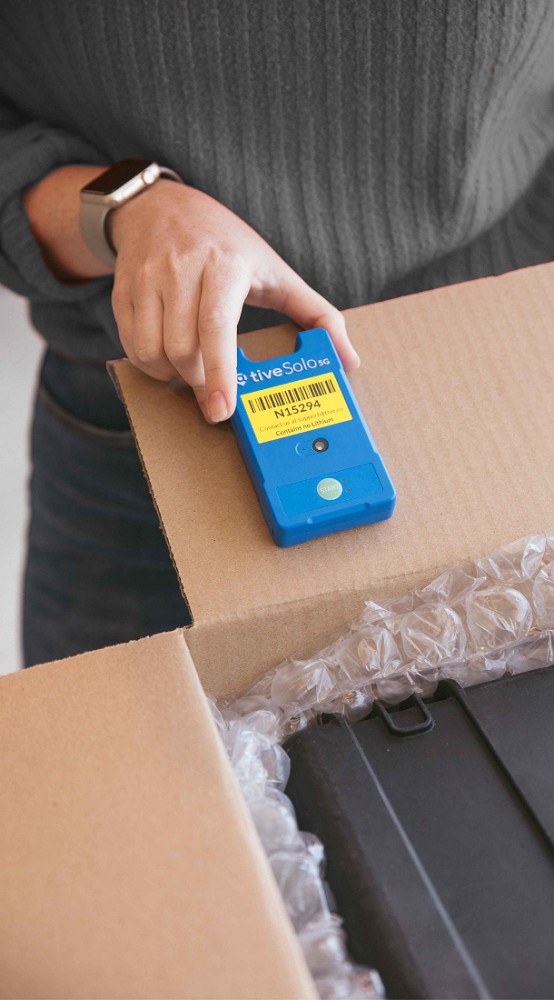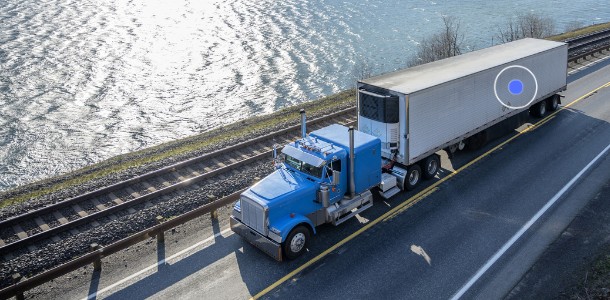This blog was provided by Tive.
In today's global economy, retail supply chain executives must navigate a number of pressing
challenges. However, the right freight shipping visibility solutions can significantly mitigate these
challenges. To help you determine the solutions your company needs to develop a more reliable
and cost-effective supply chain, we'll look at the top challenges facing retail supply chain
executives and discuss how they can use freight shipping visibility solutions to overcome them.
Top Challenges Facing Retail Supply Chain Executives
Working as a supply chain executive has never been easy. Faced with rising prices, labor and
supply shortages, and growing sources of supply chain disruption, though, succeeding as a
retail supply chain executive is now more challenging than ever. Here are some of the top
challenges that retail supply chain executives face.

Loss Prevention
According to Packaging Digest, as much as 11% of cargo gets damaged in transit, a substantial
expense for many companies. Those that sell perishable or fragile products are especially
vulnerable to losses due to damaged freight. An effective loss-prevention strategy for these
companies is a vital yet challenging element of supply chain management.

Forecasting and Inventory Management
Forecasting product demand to execute an optimized inventory management strategy requires
retail supply chain executives to understand what is flowing through their supply chain in real-
time. As supply chains become increasingly complex, though, this becomes more and more
difficult to do.
Cost Reduction
With prices rising across the board, the need for cost reduction weighs heavily on the mind of
almost every retail supply chain manager. It's more expensive than ever to purchase and ship
products; therefore, optimizing a supply chain for cost-effectiveness becomes even more vital.
Supply Chain Disruptions

Today, supply chain disruptions can come in a variety of forms. Any retail supply chain manager
who had the misfortune of seeing their supply chain through the height of the COVID-19
pandemic knows just how sudden, unpredictable, and destructive supply chain disruption can
be. Even as the pandemic is winding down, though, its impact on global supply chains is not.
Labor shortages created by the pandemic have made it especially challenging for retailers to
avoid supply chain disruption, and there's no predicting the next source of trouble.
What Does Visibility Mean for Retail Supply Chain Management?
Before diving into how supply chain visibility can solve the challenges outlined above, it is first
important to define what visibility means for retail supply chain managers. In the most basic
sense, visibility means the ability to track the location of your products throughout your supply
chain. For many companies, visibility also means tracking shipment conditions and ensuring
that shipments don't incur any damage in transit. Supply chain visibility can also mean visibility
into shipping processes, creating more transparent processes and making it easier for supply
chain managers to understand what's happening within their supply chain.
The Benefits of Freight Shipping Visibility Solutions
Now that we've defined what visibility means for retail supply chain managers, let's consider the
benefits that freight shipping visibility solutions offer and the challenges that they help retail
overcome.

For starters, demand forecasting and inventory management become much more
straightforward when supply chain executives can accurately determine when their purchase
orders will arrive. By tracking the location and condition of shipments in real-time, a freight
shipping visibility solution can vastly improve a company's inventory management processes.
Shipment condition visibility solutions, meanwhile, can go a long way toward assisting with a
loss-prevention strategy. Along with helping companies pinpoint damaged products and ensure
they don't make it into customers’ hands, real-time shipment condition trackers also enable
supply chain managers to determine common sources of damage and develop solutions to
mitigate them.
Loss prevention, of course, plays an essential role in cost reduction. Along with cutting costs by
reducing damage rates, and supply chain visibility solutions also enable executives to more
efficiently analyze their supply chain to determine areas of inefficiency where there is room for
further cost reduction.
Lastly, freight shipping visibility solutions help retail supply chain managers avoid disruption by
quickly alerting them when exceptions occur and enabling them to create a more transparent
and agile supply chain that makes it easier to pivot to alternative solutions when disruption
happens. Retailers who can do that retain more customers.
For more information about real-time freight shipping visibility solutions, visit www.tive.com or
contact the Tive team at sales@tive.com.